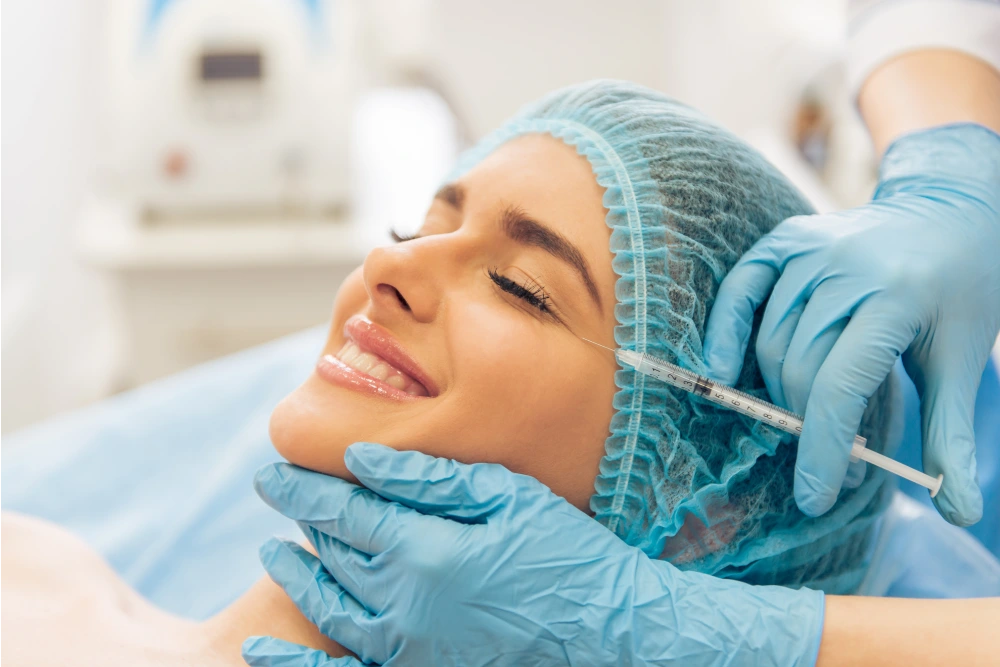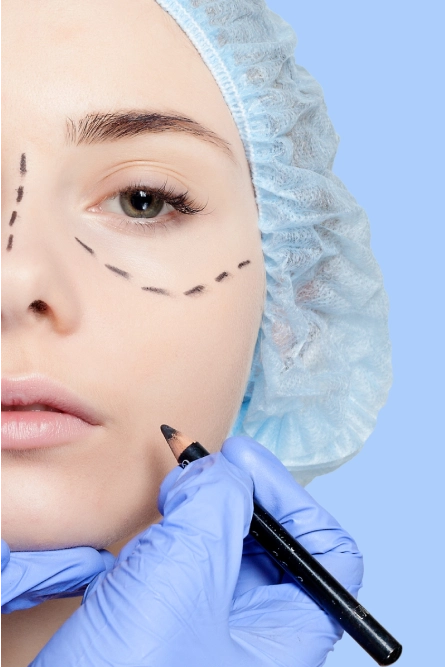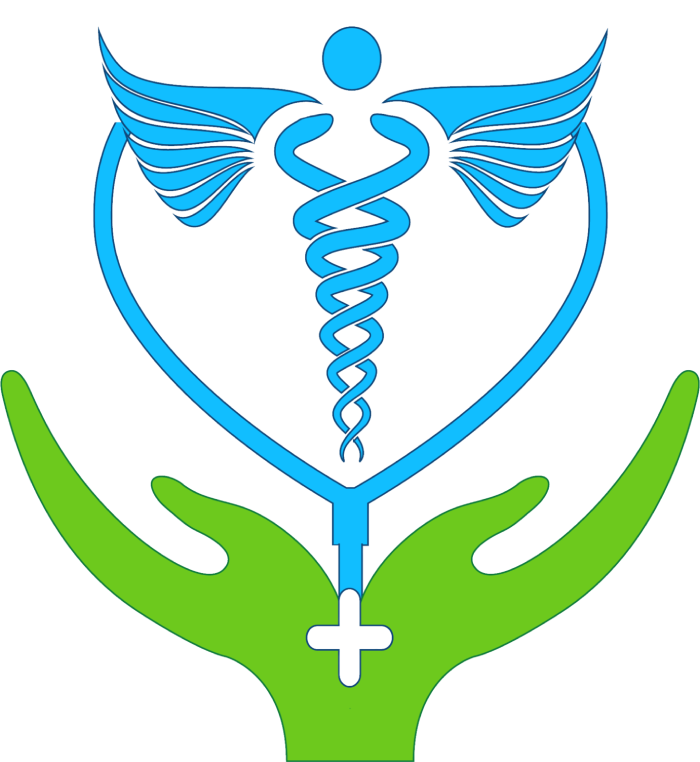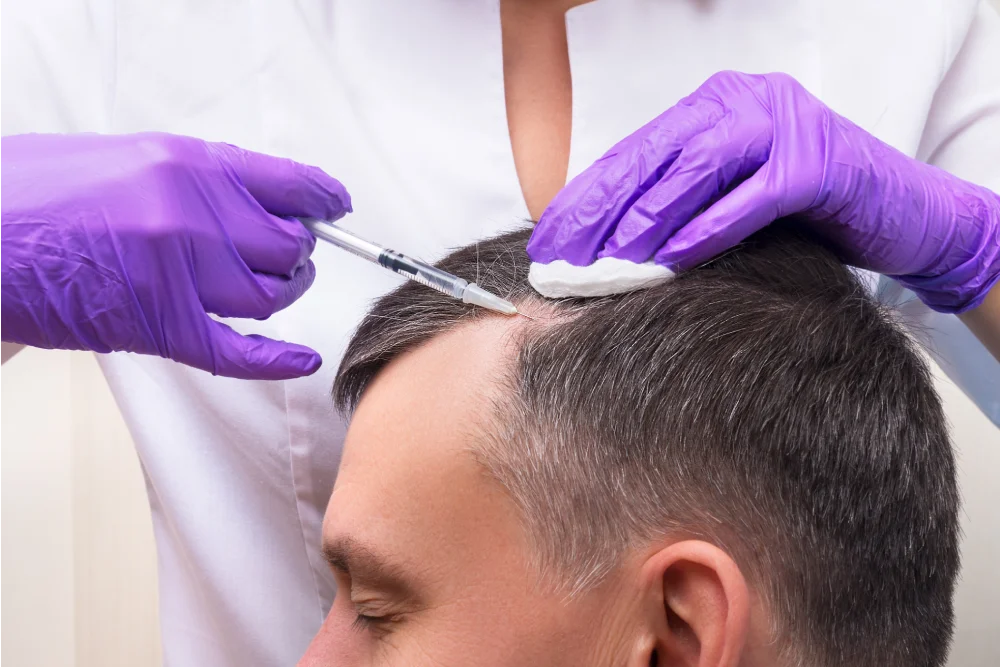
Plastic, Reconstructive and Aesthetic Surgery in Turkey
Although plastic surgery constitutes most of the known plastic surgery, in fact, reconstructive surgery, hand surgery, craniofacial surgery, microsurgery, and burn treatment are also included in the field of plastic surgery as well as repair of organ loss. A few examples would be vascular masses such as attached fingers, traumatic burns, different incisions and limb ruptures, chronic wounds, and hemangiomas are within this surgical field. Aesthetic and cosmetic surgery includes operations and interventions to further beautify the body's appearance and bring it to perfection.
What is the Purpose of Aesthetic Surgery?
The main purpose of aesthetic surgery is beauty and aesthetics rather than a problem arising from medical concerns. Plastic surgery is a broad discipline that covers all these areas. During the plastic surgery specialization training, aesthetic (cosmetic) surgery training is also given. Aesthetic concerns can sometimes present diseases accompanied by medical problems other than just for beauty purposes. Both medical and aesthetic problems can be solved alongside each other, such as surgical correction of gigantomastia or restructuring of an excessively fat body. It is vital to preserve the function of an organ as well as aesthetically correct it. In rhinoplastic operations, also known as aesthetic nose surgeries, breathing problems could be corrected and perfected together while also shaping the nose. According to these necessities, aesthetic interventions can also be made.
What Does Plastic and Reconstructive Surgery Deal With?
Plastic and reconstructive surgery deals with congenital or acquired deformities such as cleft lip, cleft palate, congenitally attached fingers, open wounds after trauma and illness, post-traumatic facial fractures and their surgical treatment, surgical treatments post-cancer, post-traumatic functional disorders of the hand and hand surgery, microsurgery such as tissue transplants, nerve, vascular repairs, surgical treatment of skin tumors of moles, eyelid disorders, burns and scars that cause functional deformities.

Surgical Interventions in Plastic and Reconstructive Aesthetic Surgery
Treatment of Scars
Wounds generally heal by leaving scars in every healthy person. Surgical interventions naturally cause tissue injury and normally form scars. Similarly, burns are also considered as one of the most important causes of scars. Therefore, methods offered by advanced technology for patients who are disturbed by scars can be applied by specialist physicians.
Treatment of Non-Healing Wounds
Non-healing wounds are seen due to reasons such as vascular occlusion, bed scars or diabetes. One of the most important procedures of plastic surgery is wound care. In this regard, prevention of wound formation, care of wounds with advanced techniques, follow-up and monitoring of the process, and the stages up to surgery if necessary are evaluated as a whole. There are various types of skin cancers. While removal of 3 to 4 mm of skin area is sufficient for the treatment of some species, some types are quite aggressive and dangerous and larger areas need to be removed. The main issue that individuals should pay attention to in this regard is the observation of their bodies and following the moles. Especially if there is a mole that grows rapidly, changes color and form, itches, or has a wound, it is necessary to consult the plastic surgery unit immediately. With a small local operation, the mole can be removed and a pathological examination can be performed, and also treatment planning can be done more accurately.
Fractures in the Facial Bones
As a result of various traumas or accidents, nose, cheekbone or jawbone fractures may occur in the face area. During the surgical repair of these fractures, titanium plates and screws are used. Repair of facial bones is important not only in terms of aesthetics but also in terms of functionality.
Repairs of the Head and Neck Region
Some or all of the limbs such as the nose, ear, and lips can be lost due to reasons such as cancer, burns, or accidents. In such cases, successful results can be attained with some surgical techniques.
Deformities in genital organs
Some congenital genital organ disorders can also be corrected with plastic surgery. Hypospadias, which is known as the prophet circumcision, is a frequently seen condition, It is defined as the urinary opening in male babies, which is located in the back area, not from the tip of the penis. Also, female babies may not have a vagina for different reasons. In such and similar cases, plastic surgery recommends the most appropriate treatment methods.
Microsurgery intervention
Microsurgery is used to move tissue from one area of the body, together with its vessels and nerves, to another area where it is needed. To lay out an example, a chin can be made from the tibia for a person whose jaw is completely removed, or an esophagus can be made from the intestine for an individual whose esophagus is removed. With this technique, damaged vessels and nerves can be repaired.
Breast reconstruction
Women undergoing breast cancer treatment can get a part or the entirety of their breasts removed. With the approval of the oncologist and professional help from plastic surgery can come into service to reconstruct the breast. Breast reconstruction surgery can be performed at the same time as oncological surgery, or it can be performed after all treatments are completed. The patient's own tissue or breast prostheses are used for treatment.




 Hair
Transplantation
Hair
Transplantation